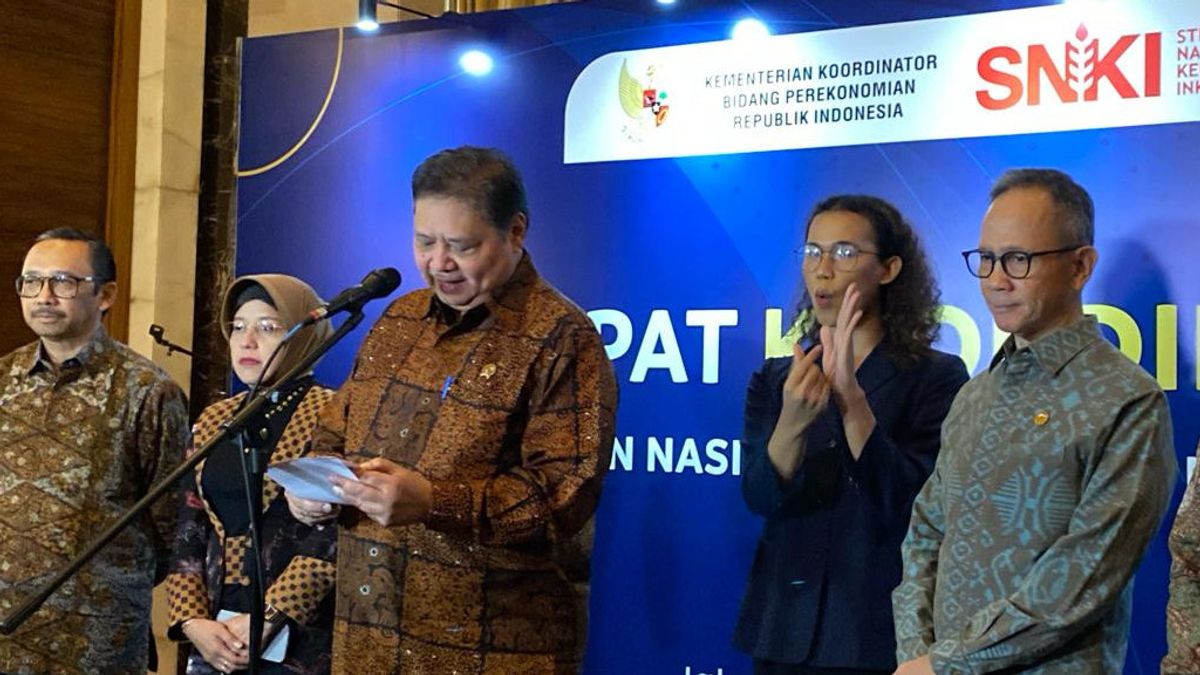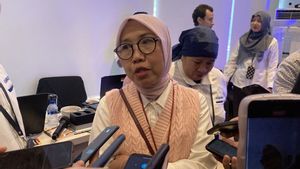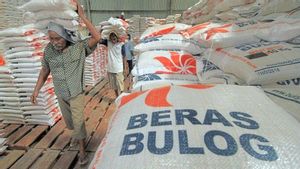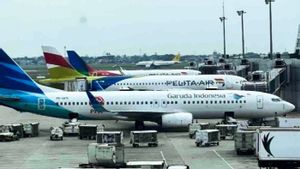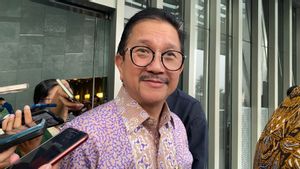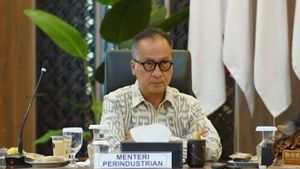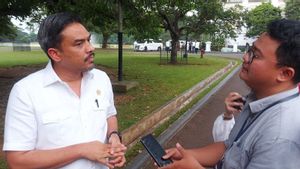JAKARTA - The Coordinating Ministry for Economic Affairs revealed that Indonesia's financial inclusion performance has continued to increase since the establishment of the National Financial Inclusive Strategy (SNKI) in 2016.
Coordinating Minister for Economic Affairs Airlangga Hartarto said that throughout 2023 Indonesia's financial inclusion rate reached 88.7 percent. This figure is higher when compared to the previous year which was only 85.1 percent.
"The acquisition of financial inclusion is higher than the target, which is 88 percent by 2023," he said at the Coordination Meeting of the National Board of Inclusive Finance (DNKI), Friday, March 22, 2024.
Airlangga said that the level of financial inclusion has continued to increase since the establishment of the National Financial Inclusive Strategy (SNKI) in 2016 with an average increase per year of 3 percent.
According to Airlangga, there are three main indicators of financial inclusion that can be measured from access range indicators, the use of financial products, the quality in general which has also increased significantly.
For information, the level of financial inclusion continues to increase every year. In 2020 it reached 81.4 percent, in 2021 it increased to 83.6 percent, in 2022 it increased to 85.1 percent, and in 2023 it increased to 88.7 percent.
Airlangga noted that financial inclusion in Indonesia in terms of ownership and financial use has increased.
Meanwhile, the account ownership rate has reached 76.3 percent in 2023 and the account ownership rate has also increased to 76.3 percent.
Even so, Airlangga said, although the level of inclusion has reached the target, there are still several challenges from SNKI that need to be watched out for, such as the gap between the level of inclusion and literacy of 35.4 percent.
SEE ALSO:
Furthermore, the level of use of financial products and services in Indonesia also increased to 88.7 percent in 2023 compared to 83.6 percent in 2021.
Furthermore, disparities at the level of inclusion and financial literacy between regions, between community social groups, and rural communities have not been fully served by formal financial institutions at the level of 29.3 percent.
For information, based on the mandate in Presidential Regulation Number 114 of 2020 concerning the National Strategy for Inclusive Finance (SNKI), one of the inclusive financial priority targets groups is the agricultural sector that targets farmers, breeders, and fishermen.
The English, Chinese, Japanese, Arabic, and French versions are automatically generated by the AI. So there may still be inaccuracies in translating, please always see Indonesian as our main language. (system supported by DigitalSiber.id)
